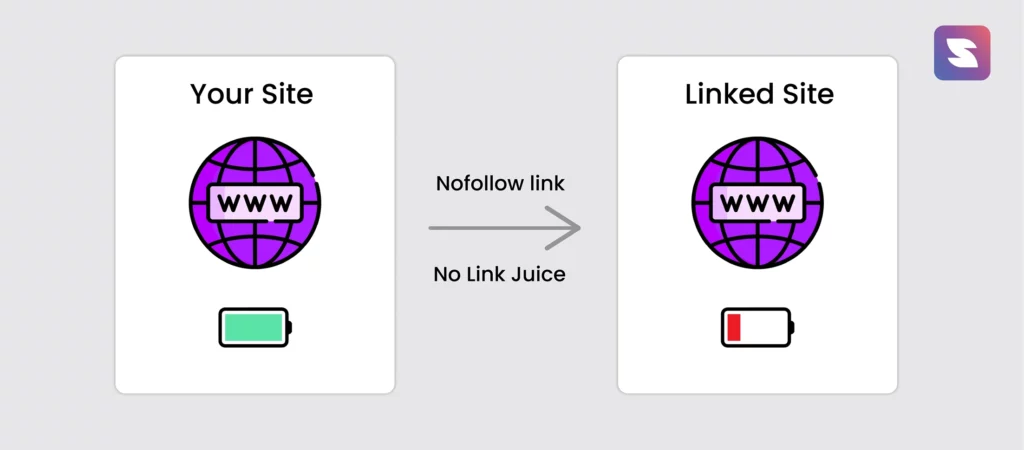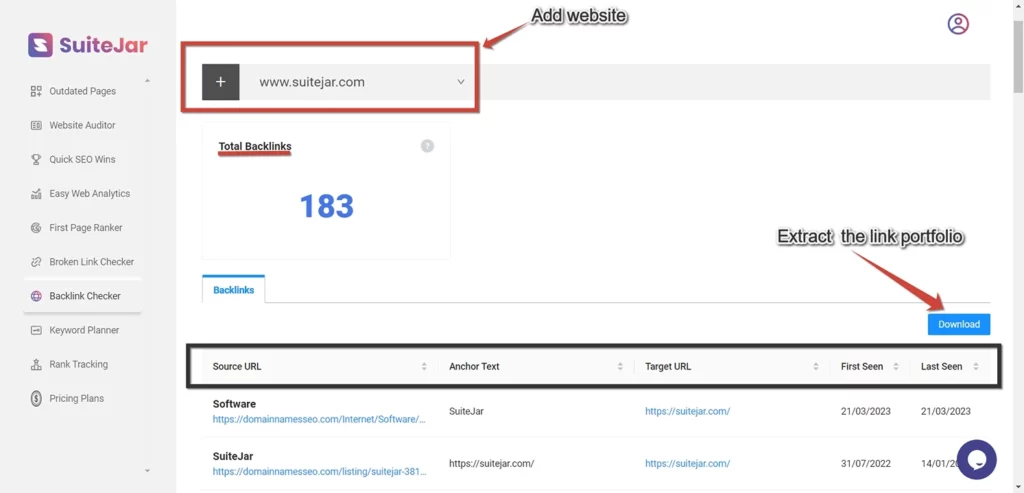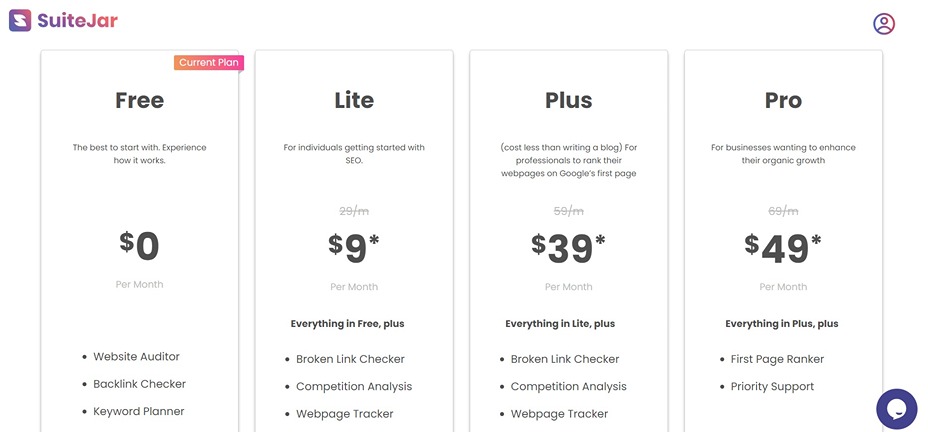Only $99 for a full year!
No credit card required
Rank on Google's first page in 3 months
Dofollow vs Nofollow Links: A Detailed Comparison
Feb 16, 2024 | user
A key component of your website’s search engine optimization strategy is off-page SEO, which boosts your site’s authority from outside. An important part of off-page SEO is link building, a process where you get links from other sites to enhance your site’s authority and search engine rankings.
There are two main types of linking: dofollow and nofollow. Both types of links connect an origin site with a destination site, but they communicate with search engines differently.
So, what’s the difference between nofollow and dofollow? In what ways do they differ in function, and how do they affect SEO?
This blog answers these questions about nofollow vs dofollow links.
What Are Dofollow Links?
Dofollow links (also known as follow links) are the standard type of hyperlink. This allows search engines to follow them from one site to another. This is the default state of any hyperlink created on the web.

They are crucial because they pass on what’s known as “link juice” from the originating site to the destination site. This transfer of equity is significant. Because search engines like Google use this as a factor to determine a website’s ranking in their search results.
They are instrumental in search engine optimization (SEO) because they pass on “link equity” or “link juice.” This means they transfer credibility and authority from one site to the destination site.
Example: Imagine your website is a new restaurant in town. Dofollow links from established food blogs and local directories, which are like roads leading customers directly to your location.
Similarly, these links guide search engines to your website, helping them discover and index your content.
In HTML code, the following link looks like this:
What Are Nofollow Links?
Nofollow links are a specific type of hyperlink that includes an attribute telling search engines not to follow the link from one site to another.
This attribute is rel=”nofollow,” and when you add it to a hyperlink. It instructs search engines that the link should not influence the target’s ranking in the search engine’s index.

Nofollow links are hyperlinks that do not transfer any link equity or “link juice” to the target website. The primary purpose of nofollow links is to provide web admins with a way to link to external sites without endorsing them.
This is useful when a site wants to provide information to its users but wants to avoid passing on ranking credit to the other site.
Common use cases include:
- Links within user-generated content, such as comments and forums, where the site cannot vouch for the quality of the external content
- Sponsored links or advertisements where passing on link equity would be inappropriate.
A nofollow link might look like this in HTML code:

The Impact of NoFollow and DoFollow on SEO
Both these nofollow and dofollow links are essential in SEO strategies. These links influence very much in your website’s search engine rankings.
DoFollow Links impact on SEO
Dofollow links are the type of link that allows search engines to follow them from one site to another. These links pass juice. They are transferring credibility and authority from the source site to the target site.
- Authority Building: Dofollow links from reputable and authoritative sites can significantly boost the receiving site’s perceived value in the eyes of search engines, enhancing its authority.
- Improved Search Rankings: Involving link juice through dofollow links directly influences a website’s visibility in search engine results pages (SERPs). That leads to higher rankings for targeted keywords.
- Enhanced Discovery and Indexing: By facilitating the discovery of new content, dofollow links aid search engines in indexing web pages more efficiently, ensuring that valuable content is recognized and appropriately ranked.
NoFollow Links Impact on SEO
The nofollow attribute (rel=”nofollow”) instructs search engines not to follow a particular link, effectively preventing the transfer of link juice. Nofollow links do not directly influence the search ranking by passing link equity.
Their impact on SEO is more indirect:
- Maintaining Link Profile Integrity: Using nofollow links for user-generated content, paid advertisements, or any non-endorsed external content helps maintain the integrity of a website’s link profile.
- Traffic Generation Without SEO Penalty: Nofollow links can still drive traffic to a website without affecting its search ranking, offering a way to gain visibility and engage with a broader audience.
- Indirect SEO Benefits: Although nofollow links do not pass link juice, they can increase brand exposure, which may result in additional dofollow links from other sources, indirectly benefiting SEO.
The balance between nofollow and dofollow links is crucial for a website’s SEO strategy. When you effectively manage link juice flow through a carefully curated linking strategy. Your websites can improve their authority, visibility, and, ultimately, their ranking in SERPs.
How to check DoFollow and NoFollow Links
Suppose you see a link and want to know whether it’s a do-follow or no-follow link. You can do it by manual inspection using browser developer tools.
1. Using Browser Tools
This is one of the easiest ways to find out if a link is dofollow or nofollow. You can inspect the HTML code directly in your web browser.
- Right-click and inspect
Go to the webpage containing the link to check. You can inspect the link by right-clicking it and selecting ‘inspect’ or ‘inspect element’ from the menu that appears.

This will open the browser developer tools panel, highlighting the HTML code of the link.
- Look for the ‘rel’ attribute
in the highlighted section, and look for the ‘<a>’ tag that defines the hyperlink. Check if this tag has a ‘rel=”nofollow” attribute.

If you find this attribute, the link is a nofollow link. If the ‘rel’ attribute is absent or does not specify ‘nofollow,’ the link is considered dofollow by default.
2. Using SEO Browser Extensions
Several browser extensions can simplify identifying dofollow and nofollow links by visually distinguishing them on any webpage you visit.
Extensions like MozBar and SEOquake can automatically highlight nofollow links in a specific color, making it easy to spot them without manually inspecting the HTML code.
- Install an SEO Browser Extension
Choose and install an SEO browser extension compatible with your browser. Most of these extensions are available for popular browsers like Chrome and Firefox.
- Activate and Browse
With the extension enabled, visit the webpage you’re interested in. The extension should automatically highlight nofollow links in a distinct color (often red or pink), while dofollow links remain unhighlighted.
Some extensions might require you to activate this feature from their toolbar icon.
3. Using Backlink Tools
it’s a most advantageous method that uses a backlink tool for finding nofollow and do-follow backlink tools.
- SuiteJar

SuiteJar provides a comprehensive backlink analysis tool, including a backlink checker tool that provides data into your backlink profile.
Users can enter their domain to receive a detailed list of backlinks, gaining insights into their site’s backlink profile to inform their strategy.

This tool helps you manage your backlink profile and discover new linking opportunities by displaying your site’s backlink portfolio, including the source, anchor text, and target URL.
This backlink checker tool offers a free version with essential features, and SuiteJars pricing plans start at $9 monthly on a quarterly billing cycle.


Suggested Read: Best Backlink Checker Tools in 2024
Conclusion
Everyone needs to understand the difference between dofollow and nofollow links. Understanding how each type of link impacts your website’s search ranking will help you build links.
SEO browser extensions and backlink tools like SuiteJar can save time and get accurate backlink data. By leveraging these insights, you can acquire a healthy balance of dofollow and nofollow links, catering to search engines and users.
Also Read: Complete Guide on Backlink Outreach Strategies

